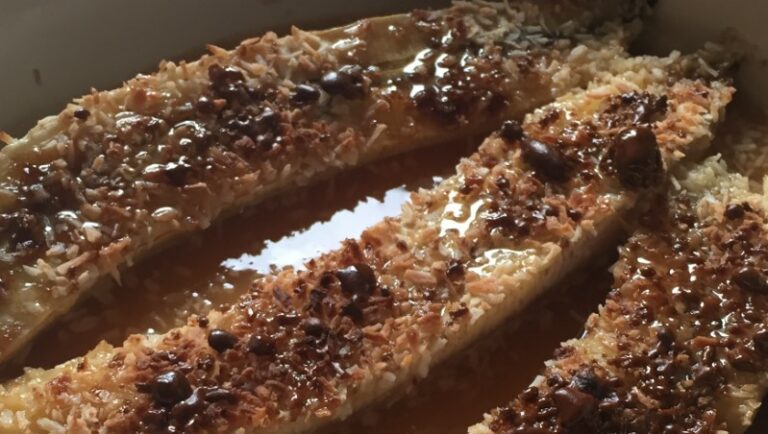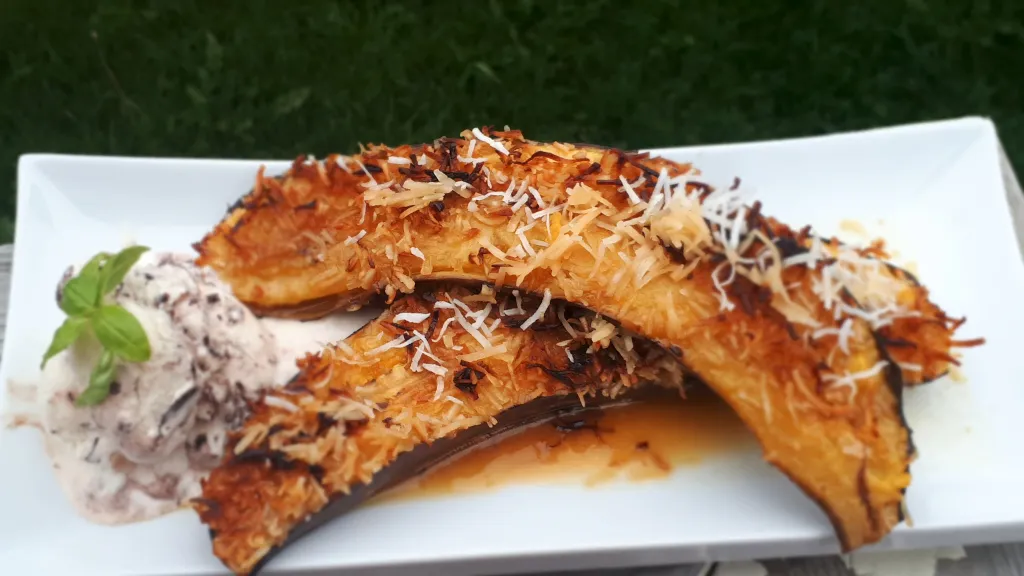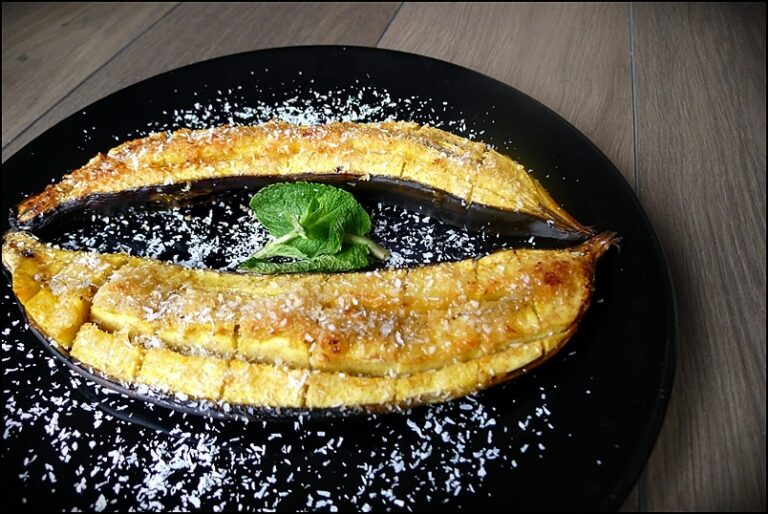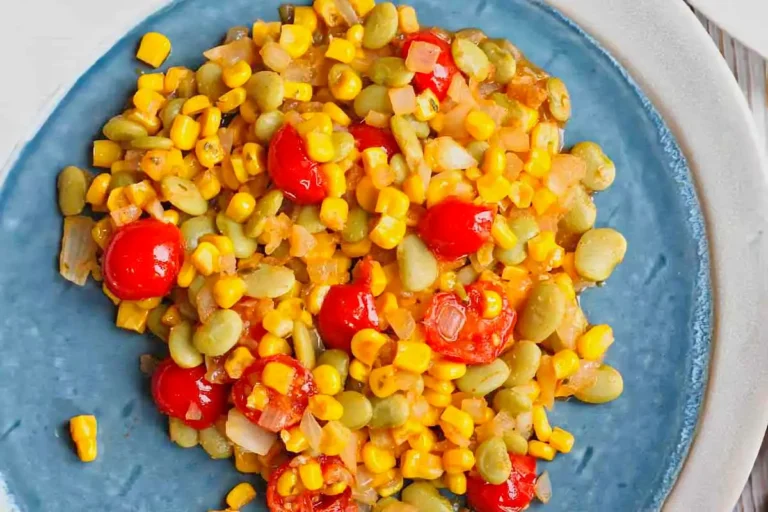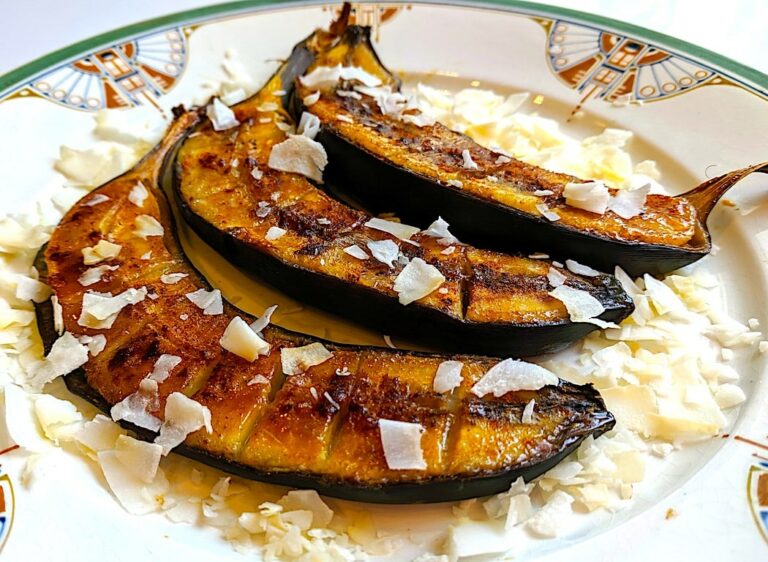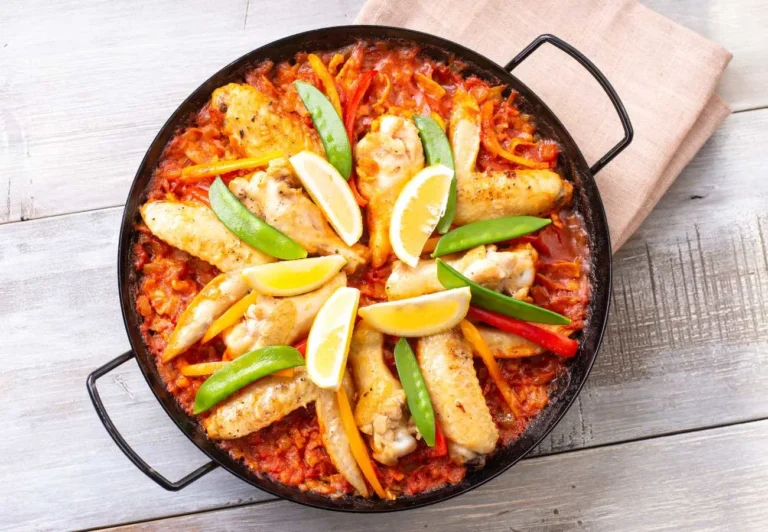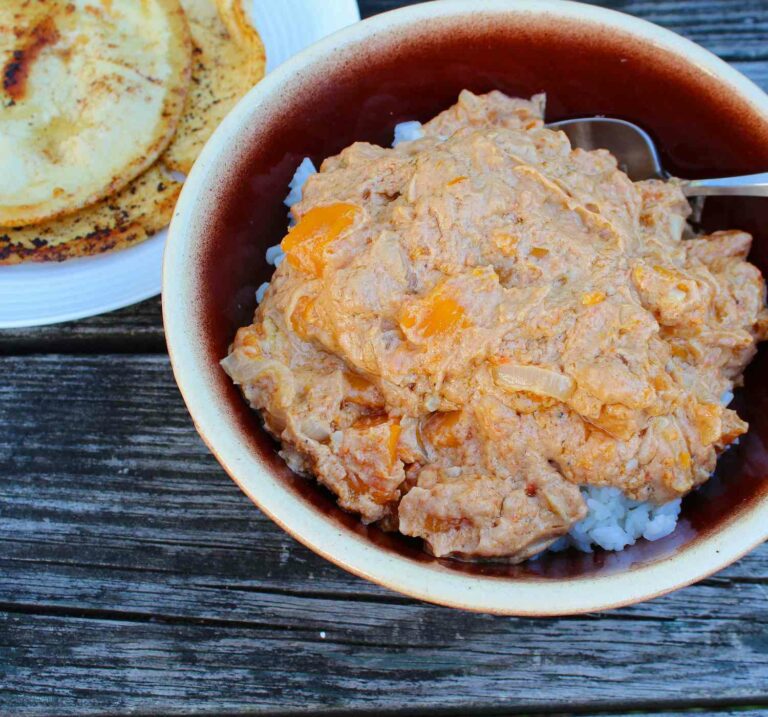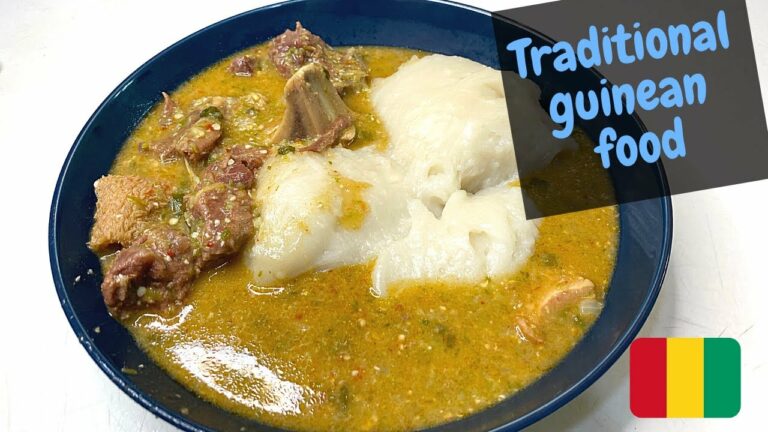Introduction: Exploring Equatorial Guinean Cuisine
Equatorial Guinea is a small country located on the western coast of Central Africa. Its cuisine is a blend of Spanish and African influences, reflecting its colonial past and cultural diversity. Despite being relatively unknown, Equatorial Guinean cuisine boasts a range of unique and flavorsome dishes that are worth exploring.
The Influence of Spanish and African Cuisines in Equatorial Guinea
The Spanish colonized Equatorial Guinea for over 190 years, and this is reflected in the country’s cuisine. Spanish dishes such as paella and tortilla can be found in Equatorial Guinea, albeit with a local twist. African ingredients and spices such as plantains, cassava, and yams are used extensively in Equatorial Guinean cuisine, and the country’s proximity to the sea means that seafood is a crucial component of many dishes.
Traditional Dishes: What are the Must-Try Equatoguinean Foods?
Equatorial Guinea is home to a range of traditional dishes that are a must-try for visitors. One of the most popular dishes is Pepe-soup, a spicy soup made with fish, plantains, cassava leaves, and a blend of African spices. Another popular dish is Fufu, a starchy dish made from cassava or plantains which is often served with a spicy soup or stew.
Examining the Ingredients and Spices Used in Equatorial Guinean Dishes
Equatorial Guinean cuisine is characterized by the use of locally-sourced ingredients and spices. Plantains, cassava, and yams are staple ingredients, as are various types of fish and seafood. Spices such as ginger, garlic, and chili pepper are commonly used to add flavor and heat to dishes.
Are There Any Signature Dishes Unique to Equatorial Guinea?
While Equatorial Guinean cuisine draws on a range of influences, there are several signature dishes that are unique to the country. One such dish is Pepe-soup, which is a spicy and flavorful soup made with local ingredients such as cassava leaves and fish. Another unique dish is Salsa de Tomate, a tomato-based salsa that is served with grilled fish or meat.
Sampling a Signature Dish: How to Prepare and Enjoy Pepe-Soup
To prepare Pepe-soup, you will need fish, cassava leaves, plantains, onions, garlic, chili pepper, and various spices. The fish is boiled in a spicy broth made with the onions, garlic, and chili pepper, before being simmered with the cassava leaves and plantains. The result is a flavorful and hearty soup that is best enjoyed with rice.
Exploring the Regional Differences in Equatorial Guinean Cuisine
Equatorial Guinea is made up of several regions, each with its own distinct culinary traditions. In the coastal regions, seafood is a crucial component of many dishes, while in the highlands, starchy dishes such as Fufu are more prevalent. The cultural diversity of the country also means that there are numerous regional variations of popular dishes such as Pepe-soup.
Conclusion: Encouraging Culinary Tourism in Equatorial Guinea
Equatorial Guinea may not be as well-known as other culinary destinations, but its cuisine is definitely worth exploring. With its unique blend of Spanish and African influences, and a range of signature dishes, Equatorial Guinean cuisine offers something for everyone. By encouraging culinary tourism, Equatorial Guinea can showcase its culinary heritage to the world and attract visitors looking for an authentic and flavorful experience.

